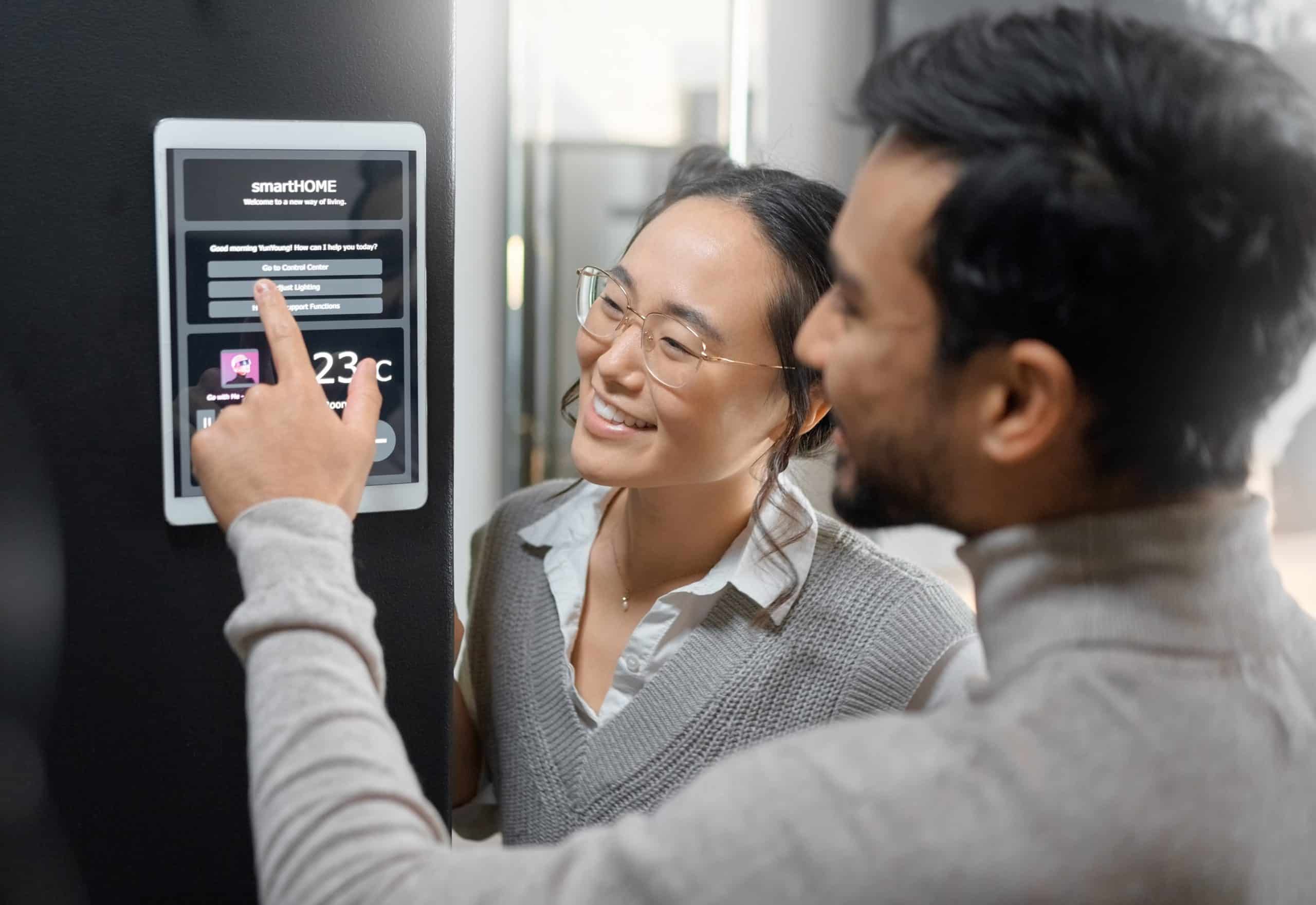As small e-commerce businesses, you’ve surely grappled with the question of how to manage your online transactions. You seek a secure, customer-friendly payment gateway that is low on processing fees and high on security. An online payment system not only helps in boosting your business but also ensures smooth transactions, protecting customer data, and enhancing your customer’s trust in your ecommerce platform. It’s no easy task, but it’s certainly not impossible. This article aims to guide you on how to develop such a system.
Why You Need a Secure Online Payment System
As e-commerce business owners, you must understand the significance of having a secure and robust online payment system. Today’s customers prefer seamless and flexible payment options for their online purchases. They want to use their credit cards, debit cards, and even mobile wallets without worrying about their data security.
Dans le meme genre : What Are the Strategies for Small Businesses to Tap Into New Market Segments?
Having a secure payment gateway is not just about protecting your customers; it’s about protecting your business as well. Cybercrimes, data breaches, and fraudulent transactions could leave you facing significant financial losses and a damaged reputation. Moreover, a reliable payment system helps in reducing cart abandonment rates and improving your business’s overall conversion rates, boosting your bottom line.
A robust online payment system should cater to your customers’ preferences while taking into account your business’s needs and the potential processing fees.
A lire également : How Can Small Businesses Leverage Digital Tools for Efficient Project Management?
Key Features of a Secure Payment Gateway
The cornerstone of a robust online payment system is a secure payment gateway. This is an e-commerce service that authorizes credit card or direct payments for businesses. It’s essentially the middleman between the transaction that your customer wants to place and the payment processor.
A secure payment gateway should have the following features:
-
Security: As a business, you should ensure that your payment gateway complies with the Payment Card Industry Data Security Standard (PCI DSS). This standard helps businesses process card transactions securely and protect cardholder data.
-
Easy Integration: The payment gateway should be easy to integrate with your e-commerce platform. This will save you time and resources in development and troubleshooting.
-
Multiple Payment Methods: The payment gateway should support multiple payment methods, such as credit and debit cards, mobile wallets, and net banking. This will cater to a wider range of customers, increasing their convenience.
-
Transparent Pricing: Look for a payment gateway that is transparent in its pricing. Avoid gateways that have hidden fees and ensure that you understand the full costs involved in processing transactions.
Building a Secure Online Payment System
Once you’ve selected the right payment gateway, the next step is to build your secure online payment system. This process involves several steps:
-
Integration: You’ll need to integrate the payment gateway into your e-commerce platform. This could involve embedding code or installing plugins, depending on your platform and the gateway you selected.
-
Testing: Before going live, ensure that you test the system thoroughly. This includes testing all payment methods, checking for security vulnerabilities, and ensuring that transaction data is captured correctly.
-
User Experience: Make sure that your payment system is user-friendly. It’s crucial to keep your checkout process simple and easy to navigate.
How to Maintain Your Online Payment System
It’s not just about building a secure online payment system, but maintaining it as well. Regular maintenance keeps your system running smoothly and ensures that it remains secure against evolving cyber threats.
It’s essential to keep your system updated. As new security features and patches are released, they should be promptly installed. You should also conduct regular audits and testing to identify any potential vulnerabilities and rectify them promptly.
Most importantly, communicate with your customers. Inform them about your secure payment system and educate them on secure online shopping practices. Their trust in your system is crucial for your business’s success.
In the end, developing a robust and secure online payment system for your small e-commerce business involves careful planning, thoughtful design, and diligent maintenance. It’s a significant investment of time and resources, but it’s one that will pay off in increased customer trust, fewer fraudulent transactions, and an overall better experience for your customers.
Selecting Your Payment Gateway Provider
When building an online payment system, choosing the right payment gateway provider is a pivotal decision. It’s the provider’s responsibility to handle all the crucial aspects of your transaction procedures.
Firstly, you must identify your business needs. This could include the types of payment methods you want to offer, the currencies you’ll accept, and whether you need to support recurring payments.
After identifying your business needs, it’s time to evaluate different payment gateway providers. The best online providers will offer various features like secure transaction processing, a wide range of payment options, multiple currency support, and a seamless checkout experience.
While evaluating, consider the transaction fees they charge. Most providers charge a fee per transaction, which can vary based on the type of transaction (credit card, debit card, etc.) and the transaction volume. It’s crucial to compare these costs among different providers to ensure you’re getting the best deal.
Security is a non-negotiable aspect. Make sure the provider is compliant with the PCI DSS standards. This ensures that they follow the best practices to protect your customers’ credit card information.
Lastly, check their customer support. Are they available round the clock? What is their response time? Unresolved issues can lead to cart abandonment and loss of customers.
Mitigating the Risk of Fraudulent Transactions
The increase in online payments has given rise to an increase in fraudulent transactions. Therefore, in addition to having a secure online payment system, small businesses need to adopt measures to mitigate the risk of fraud.
One way to do this is with fraud detection tools. Many payment gateways come with built-in fraud detection features that analyze transaction patterns and alert you of any suspicious activity.
Another way is by implementing 3D Secure technology. This adds an extra layer of security for online credit and debit card transactions. It requires the customer to authenticate their identity with their card issuer before completing the transaction, reducing the chance of fraudulent card use.
Also, you can use Address Verification System (AVS) and Card Verification Value (CVV) checks to verify the customer’s identity. AVS checks if the customer’s billing address matches the one on file with the card issuer, while CVV checks verify that the customer has the physical card in their possession.
Conclusion
Building a robust and secure online payment system for your small e-commerce business is a challenging but rewarding task. By selecting the right payment gateway, integrating it seamlessly into your online store, and adopting measures to mitigate the risk of fraudulent transactions, you can provide a secure and user-friendly experience for your customers.
Remember, it’s not a set-it-and-forget-it task, but a continuous process that involves regular system updates, audits, and customer communication. By doing so, you can maintain the trust of your customers, protect your business from cyber threats, and ultimately, boost your bottom line. It’s indeed a valuable investment for every e-commerce business in this digital age.






